SUMMARY
This is AI generated summarization, which may have errors. For context, always refer to the full article.
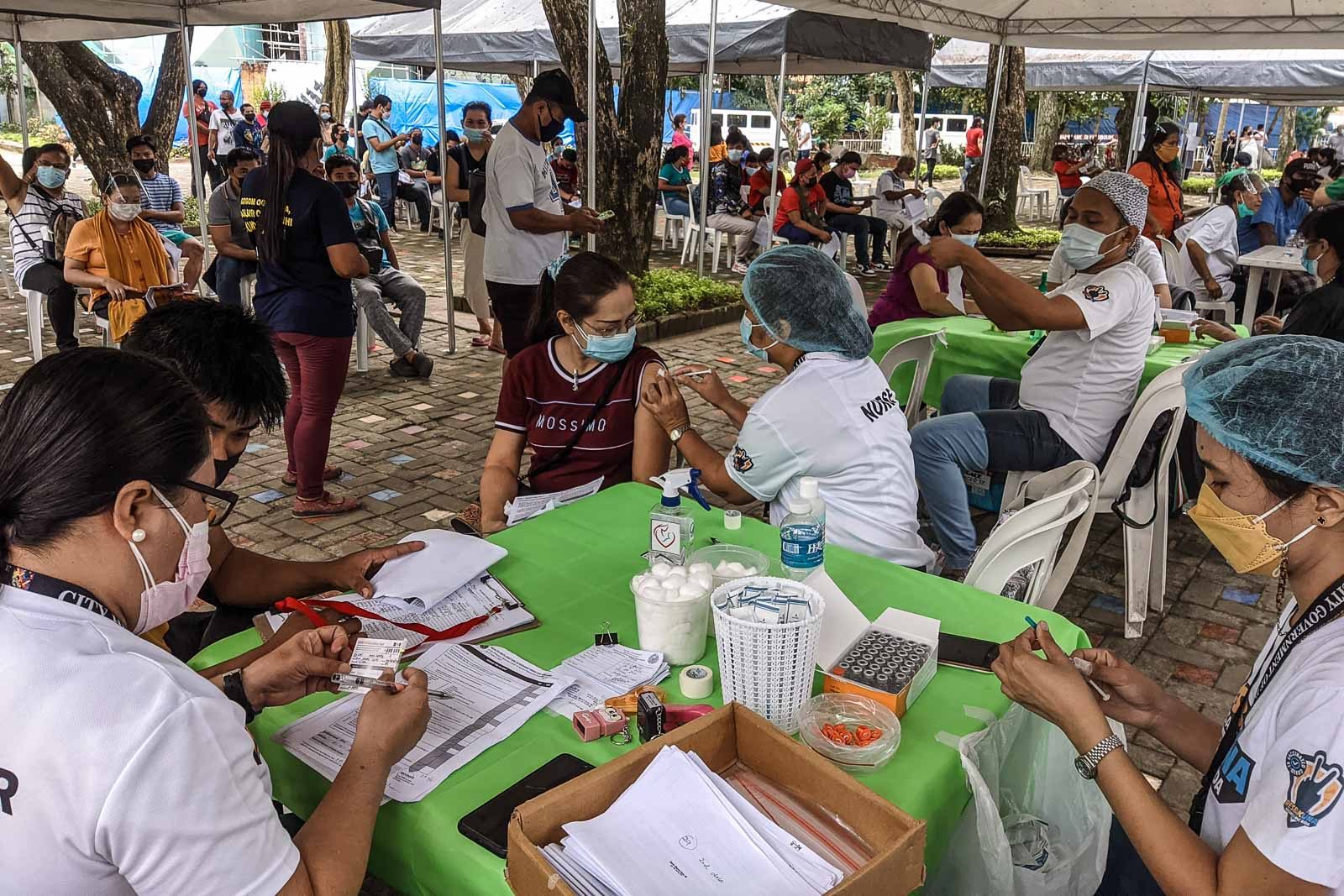
The Philippines reported its lowest daily tally of infections in nearly 19 months, after the health department announced 235 new cases on Tuesday, December 14. Nationally, the country remains at a minimal risk for COVID-19, while health systems across the country were at low risk in all areas.
Health officials are watching Lapu-Lapu City in the Visayas and General Santos City in Mindanao. Both cities saw positive growth rates in cases in the recent week. Despite this, they were still considered “low-risk.”
Here’s what we’re watching this week of December 13, 2021:
What’s new with Omicron
In just a few days’ time, we now know a lot more about Omicron. The answers to these three questions will determine how big of a threat the variant is: how transmissible it may be, how deadly it could be, and how well vaccines and prior infection hold up against it.
We’ll tackle what we know about Omicron at this point in this edition of weekly watch:
- According to a recent technical brief from the World Health Organization (WHO), current evidence, although still limited, showed that Omicron appeared to have a growth advantage over the already highly transmissible Delta.
- This was true in places were Delta was low in circulation like South Africa, and in others where it was high like the United Kingdom.
- Given the available evidence, “it is likely that Omicron will outpace the Delta variant where community transmission occurs,” the WHO said.
- Studies that have yet to be peer-reviewed estimated that Omicron could have a reproduction number 1.4 to 3.1 times higher than Delta. But with more data still needed, experts says this should be interpreted with caution.
- The Philippine Department of Health is considering these preliminary figures on Omicron’s transmissibility: “The Omicron variant may be over 10 times more transmissible than the original virus or 4.2 times more transmissible than the Delta variant.”
- Cases of Omicron haven’t been detected in the Philippines yet, but local officials were urged to keep a close eye on any spike or clustering of cases in their communities that could warrant further scrutiny. Doing so can also provide early warning signals that are important in protecting both the public and health systems.
- Limited hospitalization data seems to suggest that Omicron may be less severe than Delta. But the WHO said, “It remains unclear to what extent Omicron may be inherently less virulent.”
- Both time and more research are needed to bring clarity here.
- Even then, lower severity won’t necessarily mean we’re in the clear. With increasing transmission, hospitalizations are expected to climb. And more admissions will put a burden on stretched health systems – which can later lead to more deaths.
- On the vaccine front, preliminary studies and press releases from drug firms paint this scenario: Omicron – with all its 26 to 32 mutations in the spike protein – brings a reduction in vaccine efficacy against infection and transmission. But while it does seem to dodge some antibodies our bodies produce from getting vaccinated, a degree of protection is still preserved.
- Most recently, a large real-world study in South Africa showed Pfizer’s vaccine appeared to provide 70% protection against hospitalization and 33% against infection.
- This means that it is likely Omicron may cause more breakthrough infections among the vaccinated. But – other studies show booster shots could also restore some of the protection lost, at least for a certain period of time. We still don’t know how long protection from boosters lasts and how often we might need to get an additional shot.
- “In other words, ‘not great, but not the worst-case scenario either,’” Vineet Menachery, a coronaviroloigst at the University of Texas Medical Branch, told The Atlantic.
- Some drug firms, including Pfizer, said an Omicron-targeting vaccine is in the works, but it could still take some months until it becomes available. It’s still best to get vaccinated with current shots to gain protection against the virus.
- Omicron’s impact on vaccines is driving some more experts to think that, for their COVID-19 vaccination, perhaps people will need three doses, instead of two, from the get-go. Prior infection also shouldn’t be something that holds you back from if you haven’t been vaccinated yet.
- We’re still in the early days. It will take time to have a qualitative assessment of how big an impact Omicron has on vaccine effectiveness, which entails more than just measuring antibody levels.
- “Immune systems are complex; so is the real world. Even so, these early reports mark our first concrete indications that Omicron is rejiggering the risk landscape for the vaccinated. It’s not because the shots themselves have changed, or even the immunity they’ve left behind. It’s because we’ve yet again allowed our foe to morph into something more formidable,” the Atlantic reported after speaking with leading experts.
- At least for now, the “overall risk related to the new variant of concern Omicron thus remains very high,” the WHO said.
What this means for the Philippines is that the stakes of vaccination have been raised even further. We know right now that current shots still work against variants, so getting more people covered sooner – especially among the elderly and high-risk groups – could help blunt the impact of Omicron, which is expected to make its way into the country eventually.
We’ll also be on the lookout for how health officials plan to deal with the increased likelihood of breakthrough infections, and how the public might learn to navigate this while waiting for boosters. Experts in the country are currently assessing whether people may become eligible for boosters at least four months after their second shot, earlier than the current six-month timeline.
In the meantime, the health department strongly urged the public to continue masking, observing physical distancing, and minimizing visits to close, crowded, and close-contact settings. No matter the variant, these responses remain effective.
And, finally, the entire country is currently under Alert Level 2 – the second to the most relaxed level of quarantine. One question we’ll ask in the coming weeks is how pandemic officials plan to reopen further – or adjust current restrictions under Alert Level 2 – while the threat of Omicron looms.
What we’re reading around the internet to know more about Omicron:
- Pfizer vaccine protecting against hospitalization during Omicron wave – study from Reuters
- Omicron Has Created a Whole New Booster Logic from The Atlantic
- CDC data indicate Omicron is starting to eat into Delta’s U.S. dominance from STAT
- Waning COVID super-immunity raises questions about Omicron from Nature
– Rappler.com
Add a comment
How does this make you feel?
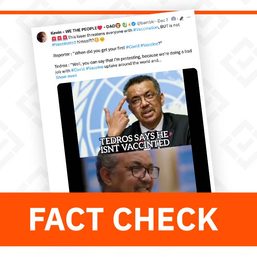
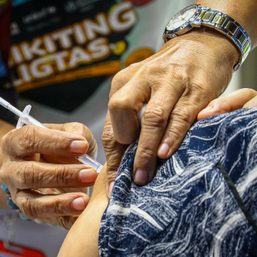
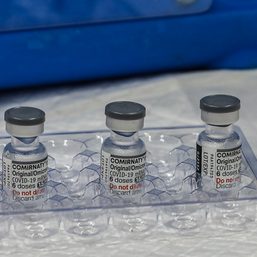

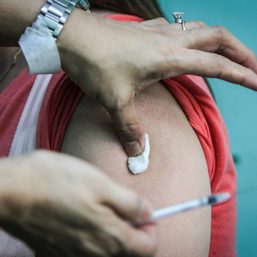
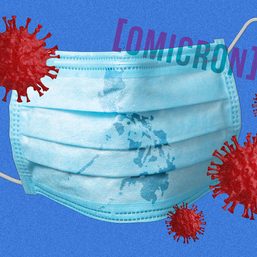

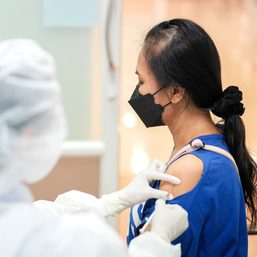

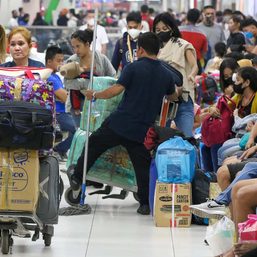
There are no comments yet. Add your comment to start the conversation.